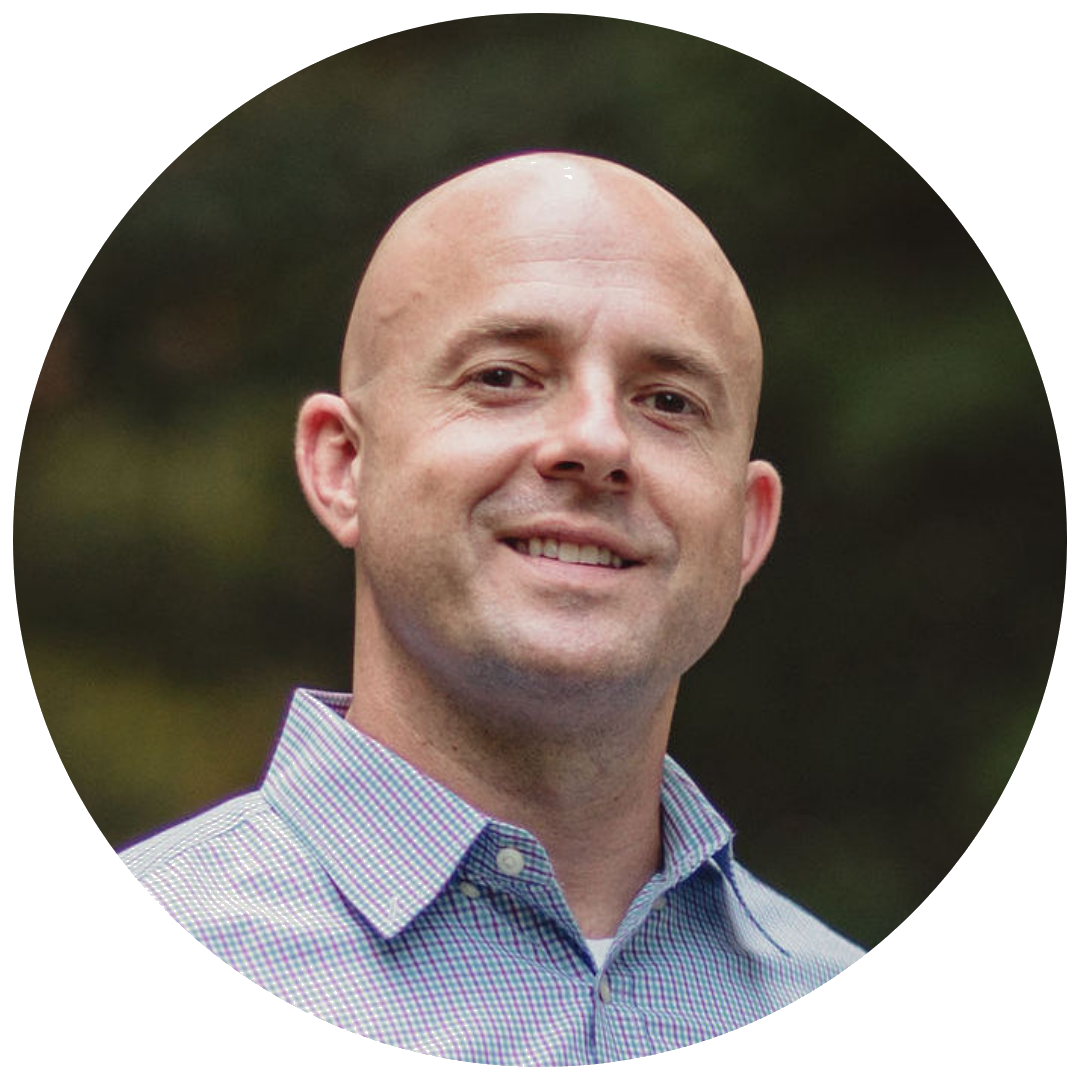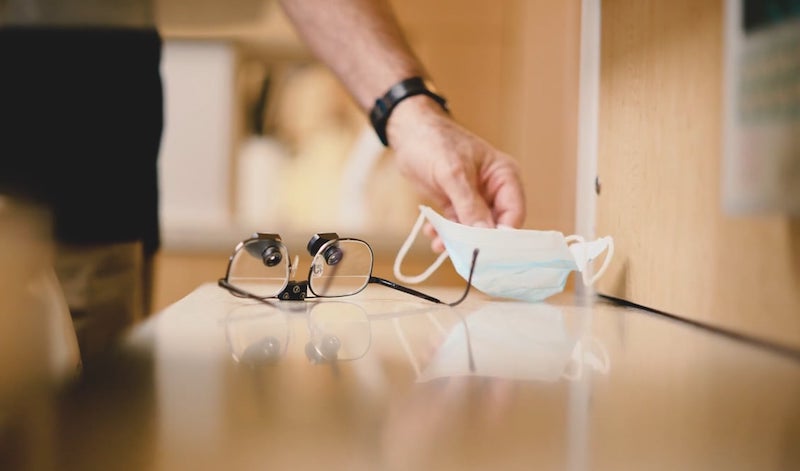The current (2012) American Association of Endodontists’ Glossary of Endodontic Terms defines regenerative endodontics as “biologically-based procedures designed to physiologically replace damaged tooth structures, including dentin and root structures, as well as cells of the pulp-dentin complex.”
Traditionally, endodontists would remove any tissue that had died due to the infection requiring treatment and then replace it with inert, inorganic materials. Though this is almost always an effective way to stop the progress of infection in a mature tooth, it isn’t always the best option in immature teeth with open apices and thin root walls.
Pulpal necrosis (death) in an immature tooth with an open apex can have devastating consequences for patients and presents a distinctive challenge for the endodontist. Prior to 2004, clinicians relied on traditional apexification procedures or the use of apical barriers to treat immature teeth with pulpal necrosis.
Regenerative endodontics differs from traditional apexification in that disinfection of the canal is done with both sodium hypochlorite and chlorhexidine and as described a combination of three antibiotics (ciprofloxacin, metronidazole and minocycline). At a subsequent appointment, the paste is removed and bleeding is induced into the canal. The canal is sealed with mineral trioxide aggregate (MTA), and after the MTA has set, a bonded restoration is placed. Unlike traditional apexification or the use of apical barriers, revascularization procedures allow for increase in both the length of the root and root wall thickness.
Endodontists are at the forefront of addressing the developments that must be made in tissue engineering in order to further pulp regeneration in the future. Research into these areas of regenerative endodontics is being conducted internationally at numerous institutions and articles have been published in multiple endodontic journals.
To learn more about regenerative endodontics, root canals, and more, please reach out to the team at East Coast Endodontics.

About the Author
Dr. Harris has been a practicing dentist since 2005. In 2012, he received his Master’s of Science in Dentistry and a certificate in Endodontics. He founded East Coast Endodontics shortly after receiving his master’s degree. He also currently holds a part-time position as a Clinical Assistant Professor for the Endodontics department at Virginia Commonwealth University. View his full bio.

